Zucchini and Corn Tamales
15
Updated Nov 14, 2020, Published Dec 26, 2012
This post may contain affiliate links. Please read our disclosure policy.
Recently I was invited to attend a tamalada (tamale making party) at Surfas in California. This was no small tamalada — the folks at Nestlé hosted the grand event and they went all out. I was lucky to be invited and to be a part of this group of talented Latin bloggers. Mil gracias Nestlé!
We all sat down, chatted, drank coffee, and ate pan dulce. Then we put on our aprons and got to work. We were separated into groups of three with a recipe sheet in hand. The three tamale recipes were Zucchini and Corn Tamales, Chicken and Poblano Tamales with Cilantro Crema, and Chocolate Tamales.
I was in the first group and we made the Zucchini and Corn Tamales. I glanced at the recipe and was shocked at the simplicity of it. If you own our printed Muy Bueno cookbook you’ll notice that our recipe for tamales is very simple to follow with step-by-step photos, but it is a labor of love. The tamale masa in our cookbook is made with fresh unprepared masa and then we add ingredients giving it a muy bueno touch. This is the way our grandma prepared tamales for years and so do we.
The recipe on our sheet that was given to us by Nestlé was way too simple and so I was very excited to try it out. This recipe calls for masa harina flour versus the unprepared masa that can only be purchased in Mexican specialty stores. This recipe truly is an attainable recipe that anyone can make. Masa harina flour is sold at most grocery stores in the Latin aisle. The other thing that intrigued me about this recipe is that it is a great vegetarian and gluten-free recipe and it has no chile so it is perfect for children.
As we started making the recipe it was as simple as it looked. We made over 30 tamales in no time. After we made our tamales we made empanadas and guess what? Those recipes were simple too. I’ll share those recipes another time, so stay tuned.
We finally sat down and tasted the fruits of our labor. All the varieties of tamales and empanadas were beyond delicious. I was shocked at how light and fluffy the tamales were. I hope this simple tamale recipe inspires you to host your own tamalada.
Tamales are most often prepared for several special occasions between December through February. In December we make tamales for Christmas and New Year’s Eve then in January we make them again for Día de los Reyes (The Day of Kings) and in February we prepare them for Día de la Candelaria (Candle Mass Day). Although tamales can be made any time this is usually when our family makes them.
The holidays are a time for family, food and togetherness and the time spent cooking and preparing the meal can be just as special as sharing it around the table.
As you create new memories, it’s important to keep treasured family traditions alive as well and pass them down from generation to generation.

Summarize & Save This Content On
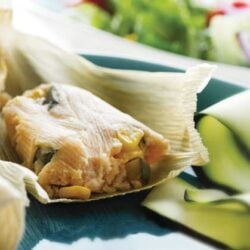
Zucchini and Corn Tamales
Ingredients
- 40 dried corn husks
- 2 cups masa harina flour
- 3 MAGGI Chicken Flavor Bouillon Cubes, dissolved in 2 cups hot water
- 2/3 cup vegetable shortening
- 1 teaspoon baking powder
- 2 cups 1/2-inch zucchini cubes
- 1 cup frozen corn kernels
Instructions
- Place cornhusks in a large stockpot. Add enough water to cover completely. Bring to a boil over high heat. Remove from heat; let stand with a heavy bowl or plate on top of the husks to keep them covered in water,
- Combine flour, bouillon mixture, vegetable shortening and baking powder in a large bowl. Knead with hands until fully mixed. Gently stir in zucchini and corn until incorporated.
- Drain cornhusks. Spread out one of the cornhusks with the pointed end away from you. Spoon about 1/3 cup of masa mixture in a rectangle on the corn husk, leaving a 1-inch border on the sides. Pick up one side of the cornhusk and fold it over the other side; repeat with the other side. Fold over the pointed end and turn over to keep from unfolding. Repeat with remaining husks and masa mixture.
- Fill tamale steamer with 2 to 3 inches of water. Cover the steamer basket with a layer of cornhusks. Stand tamales in the steamer. Use extra cornhusks to fill around the tamales to keep them in place and to cover the top of the tamales.
- Bring to a boil over high heat; cover with a tight-fitting lid. Reduce heat to medium; cook for 60 to 70 minutes. Refill steamer periodically with water so tamales don’t burn. Tamales are ready when the masa does not stick to the cornhusk when unrolled. Let stand for 10 minutes before serving.
Notes
Nutrition
Nutrition information is automatically calculated, so should only be used as an approximation.
Written by Yvette / Photos by Yvette and Nestlé
Disclosure: I was invited to attend the Nestlé Tamalada Event. All opinions are my own.
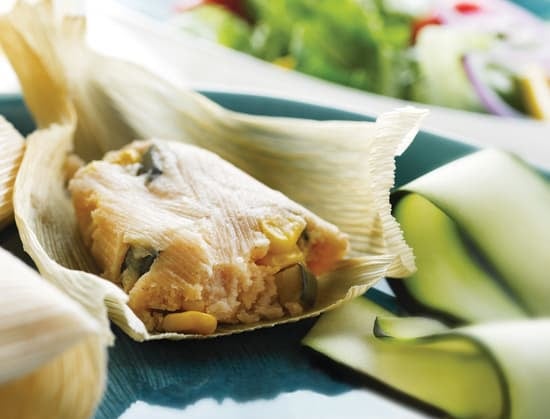
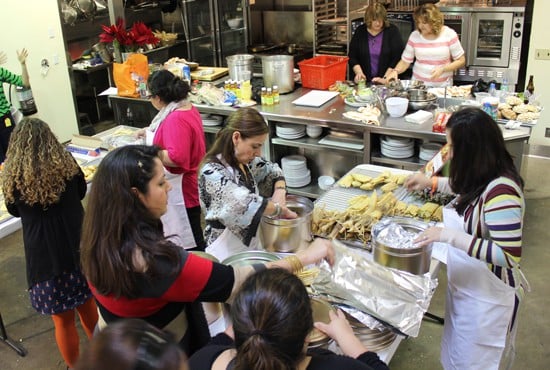
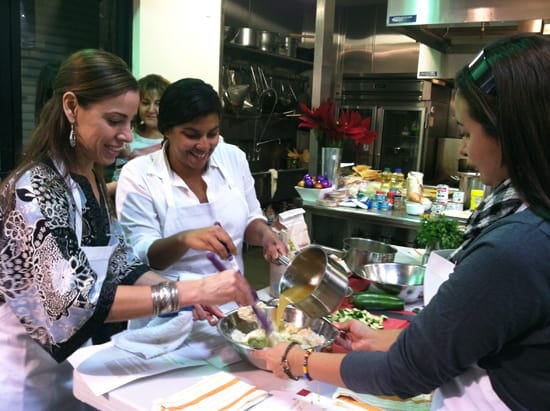
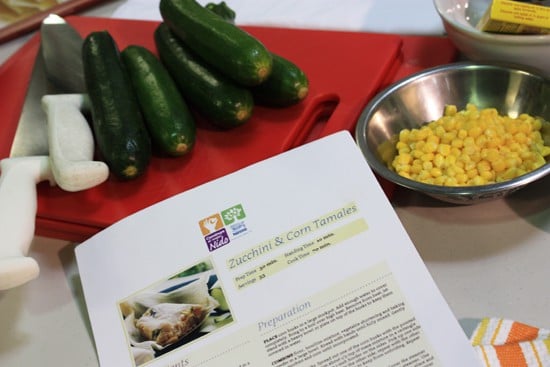
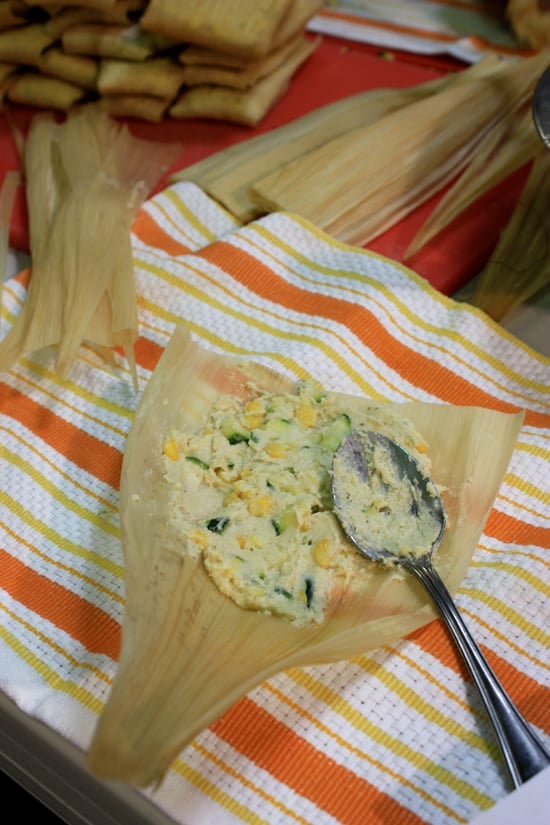
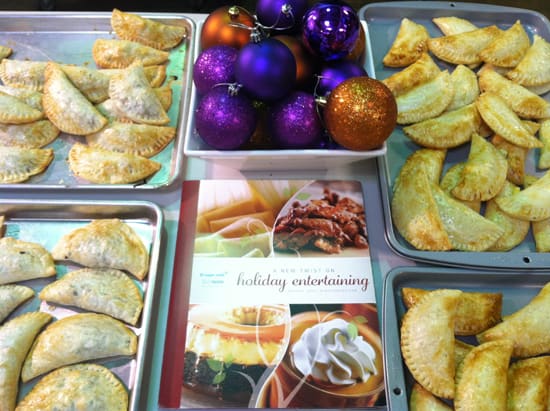
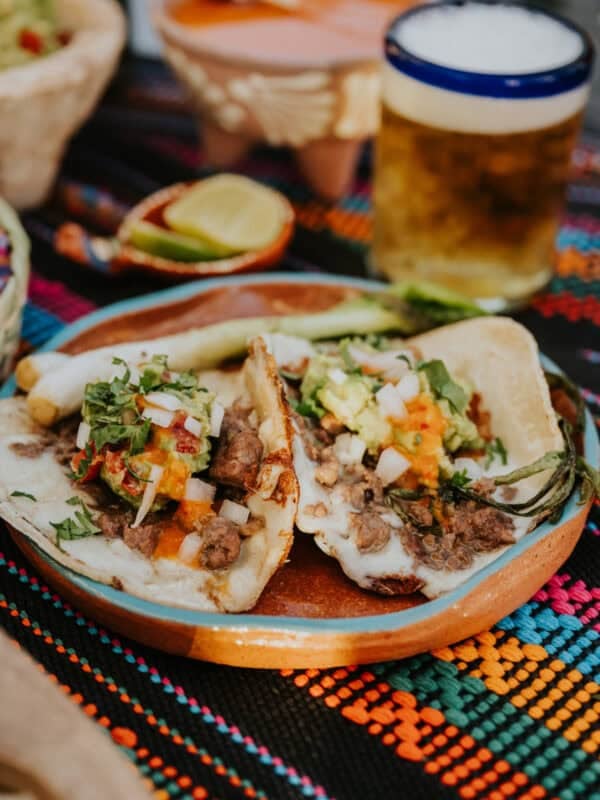
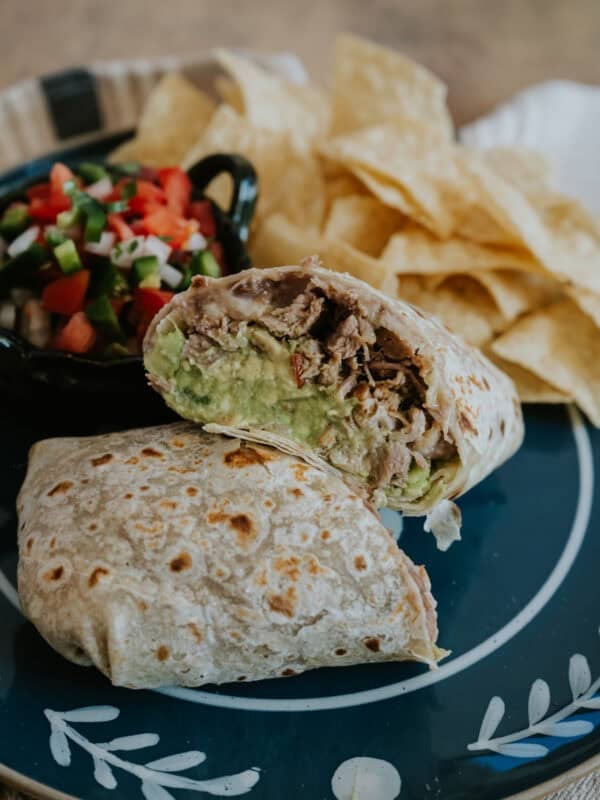
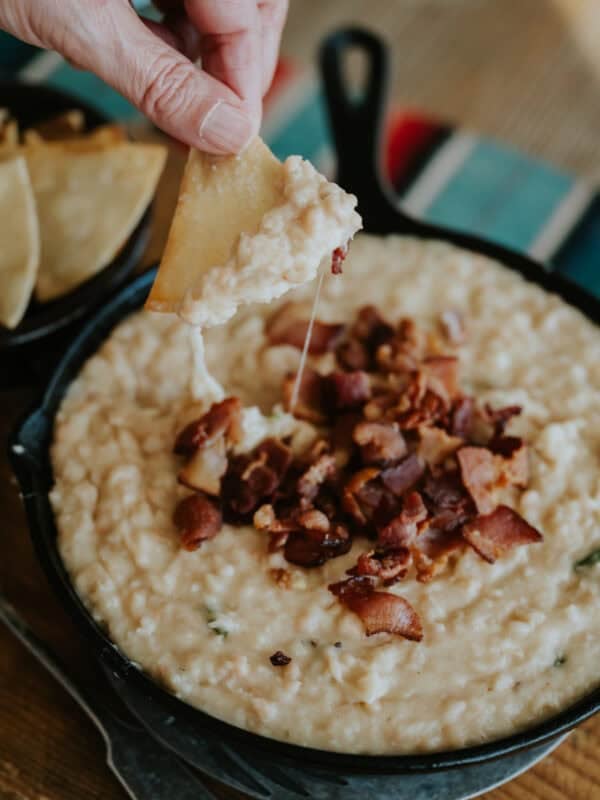
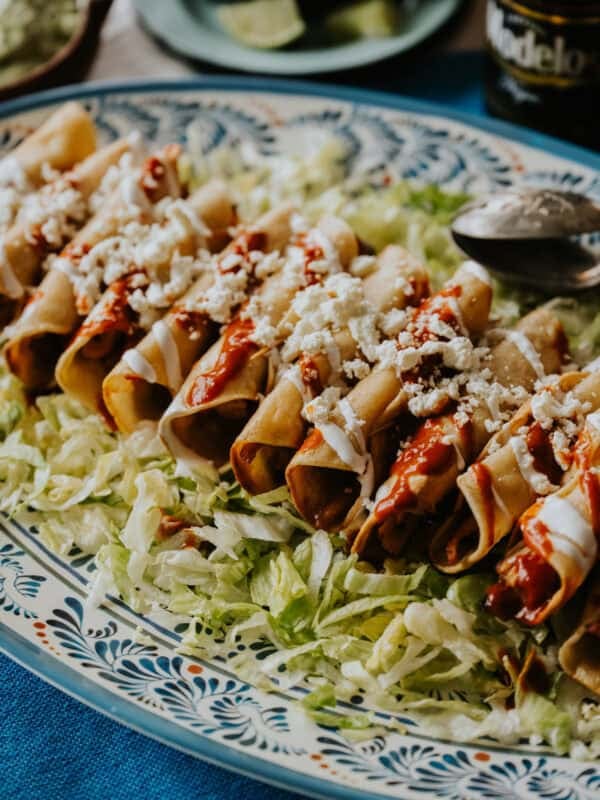









I am 83 yrs. Old and my family has been making tamales since I can remember. For years my grandma and my mother would make them for the church twice a yr. as a fundraiser. After them I took over doing them to serve at funerals. We would make them of chicken, of pork but big hit were the pinto beans with Mex. Chorizo and cheese.
Thanks so much for sharing this recipe and your experience! I love that they can be made vegan so easily, and they are delicious!